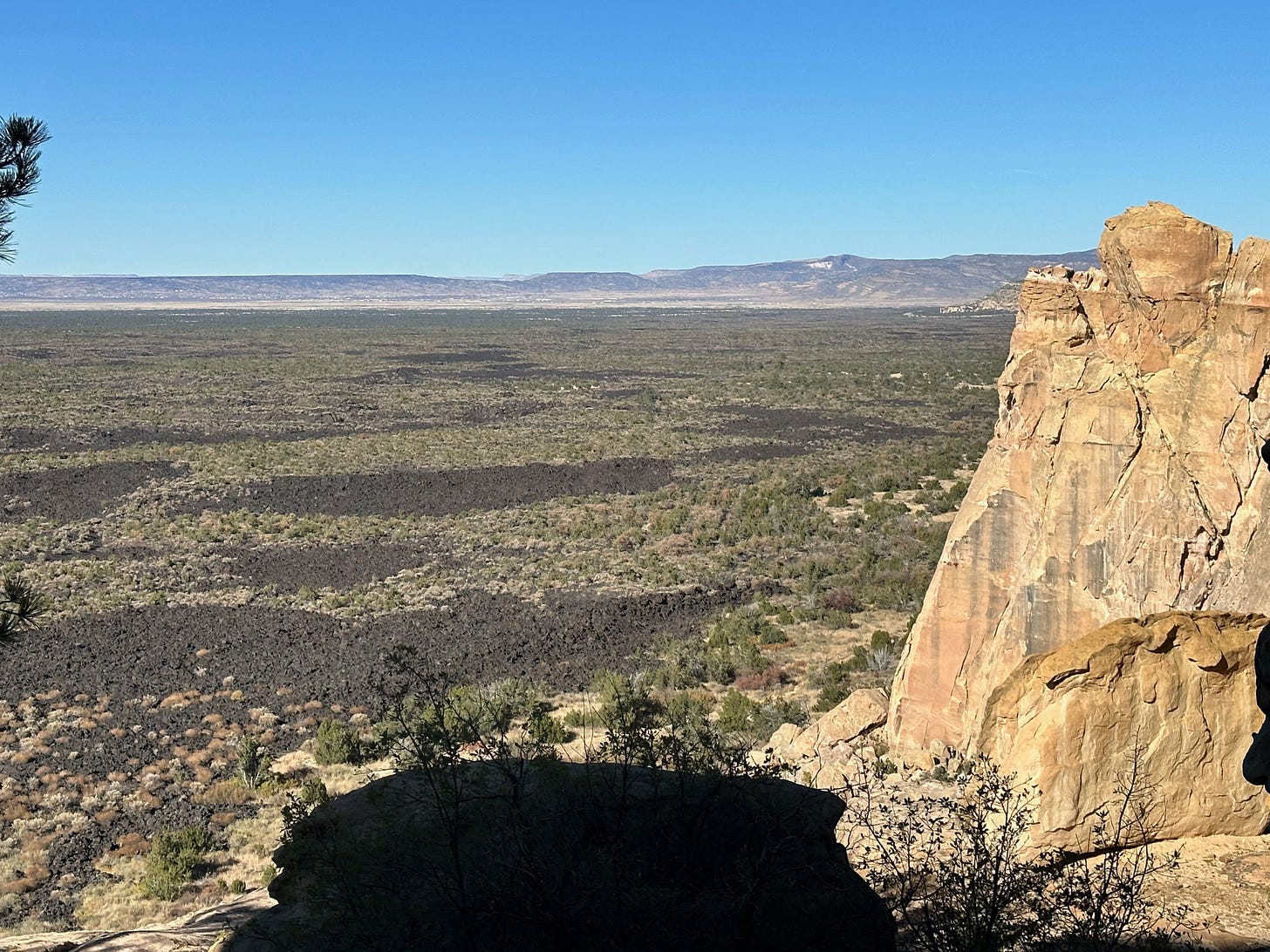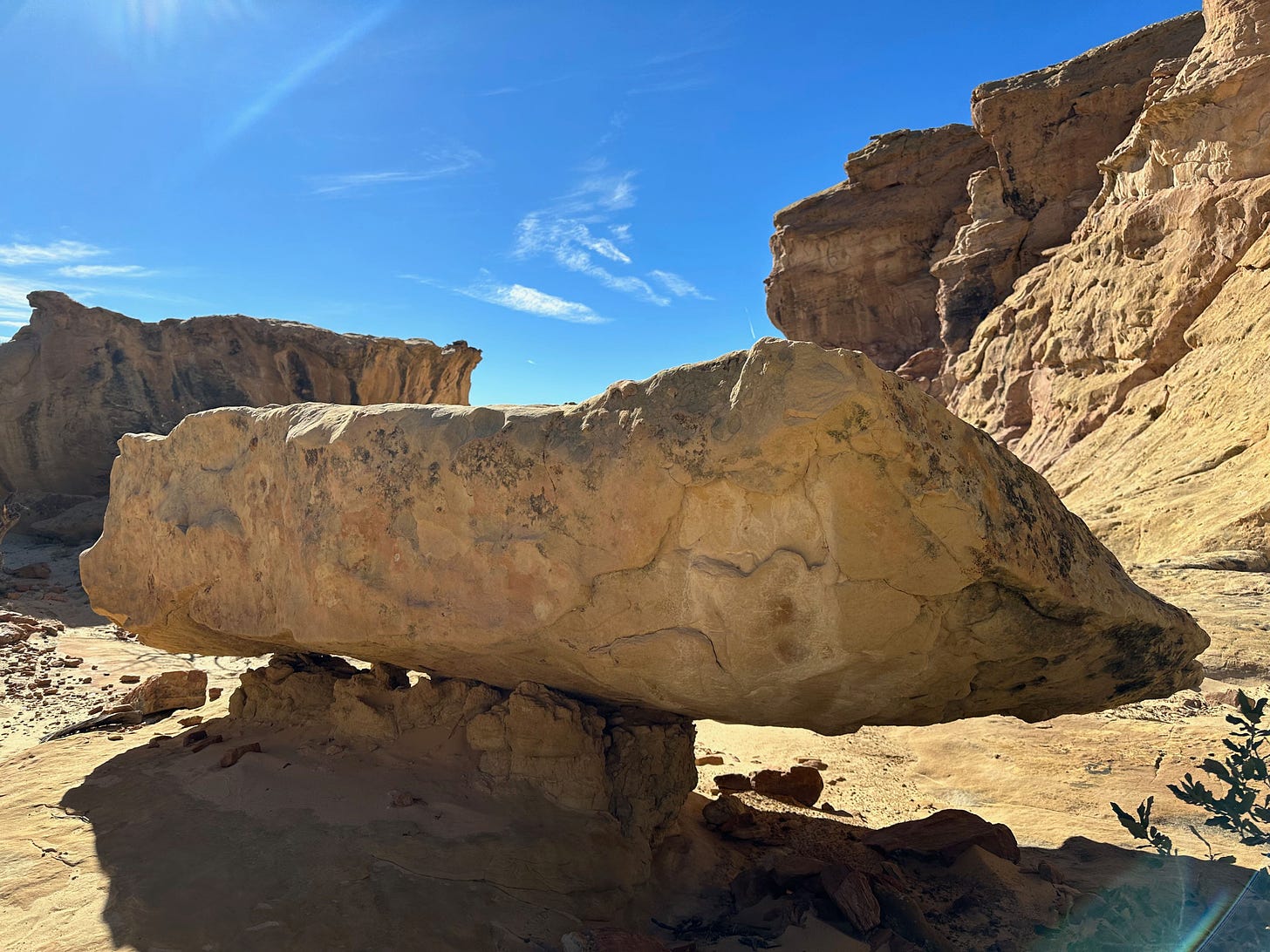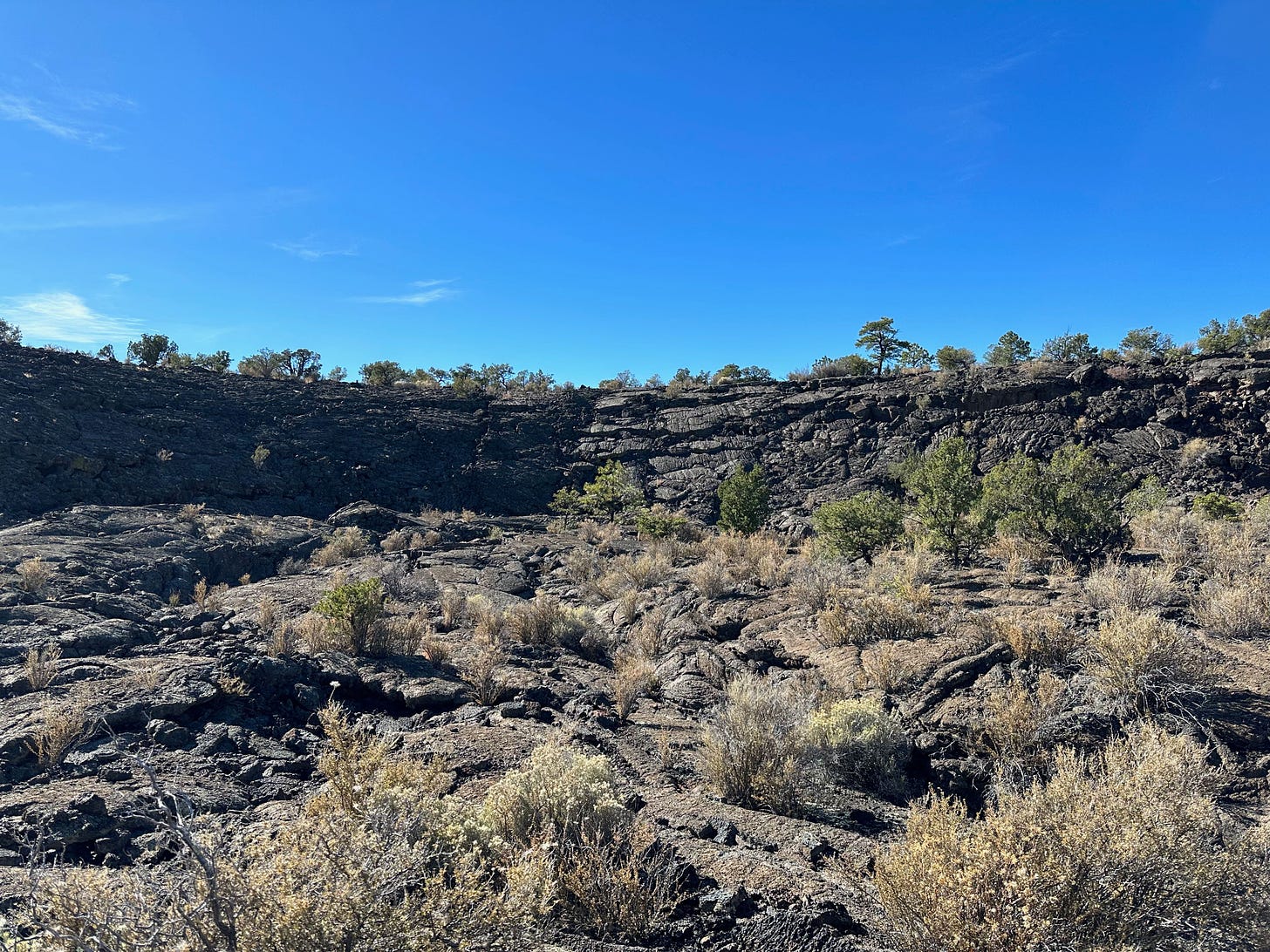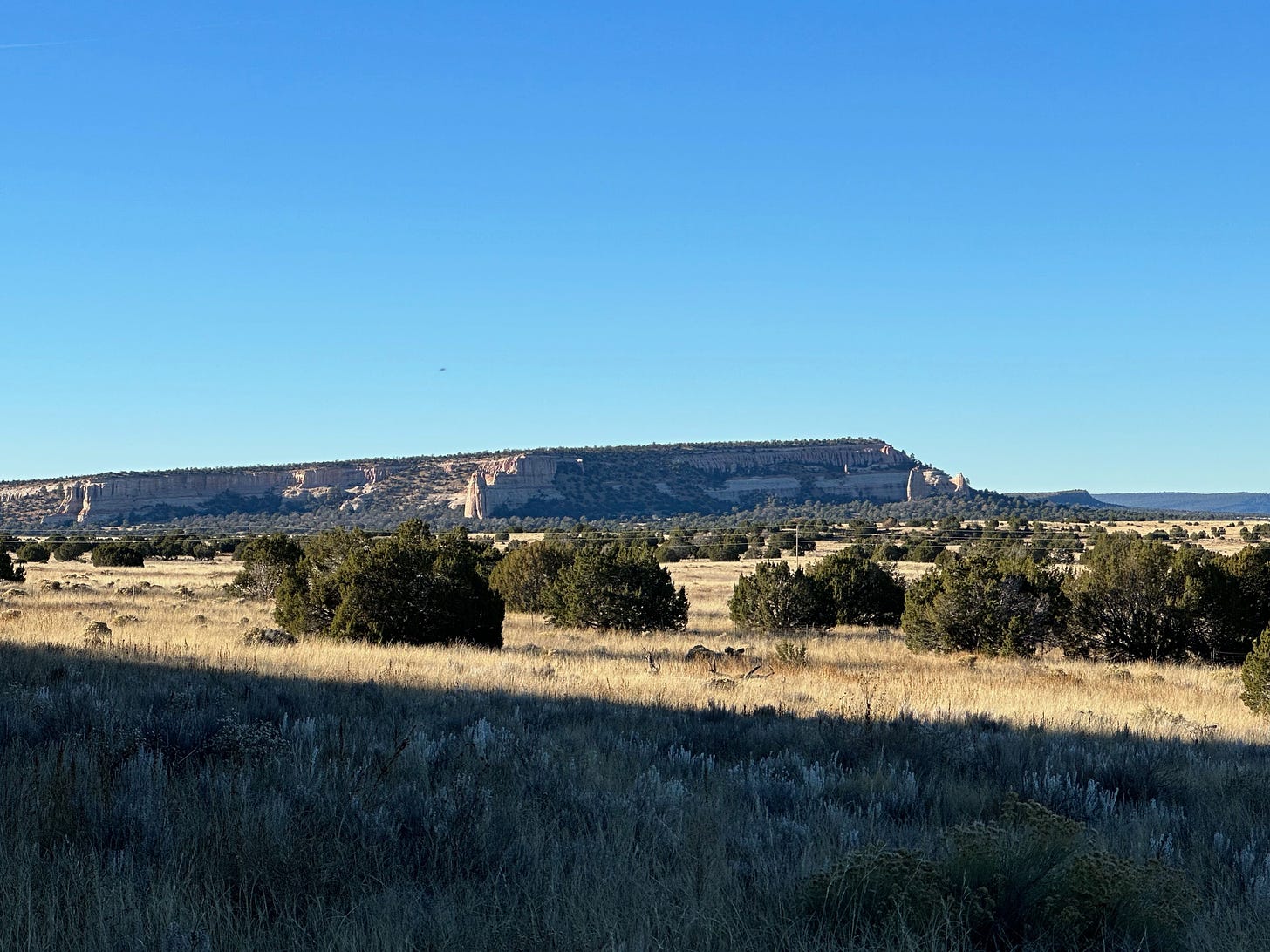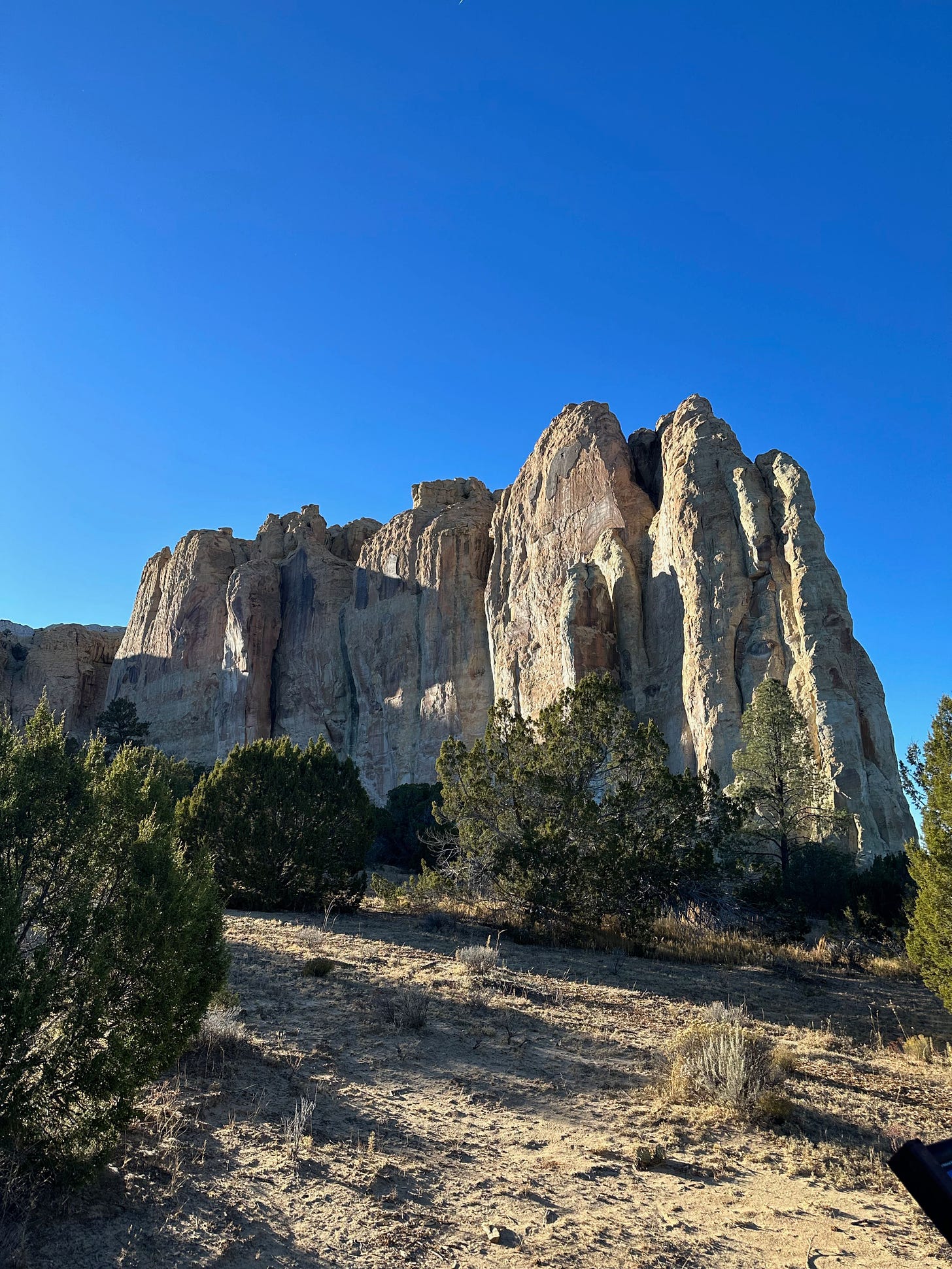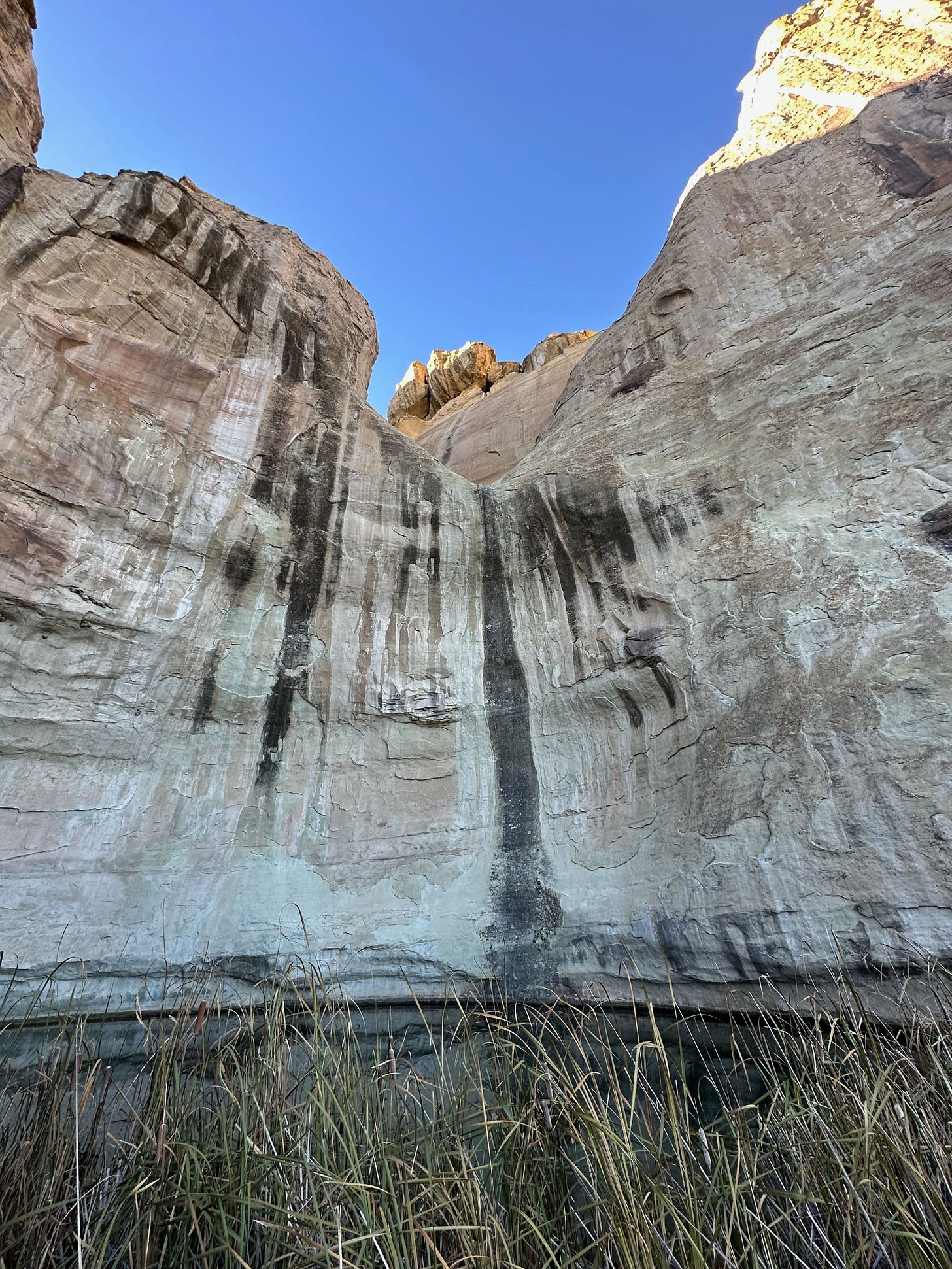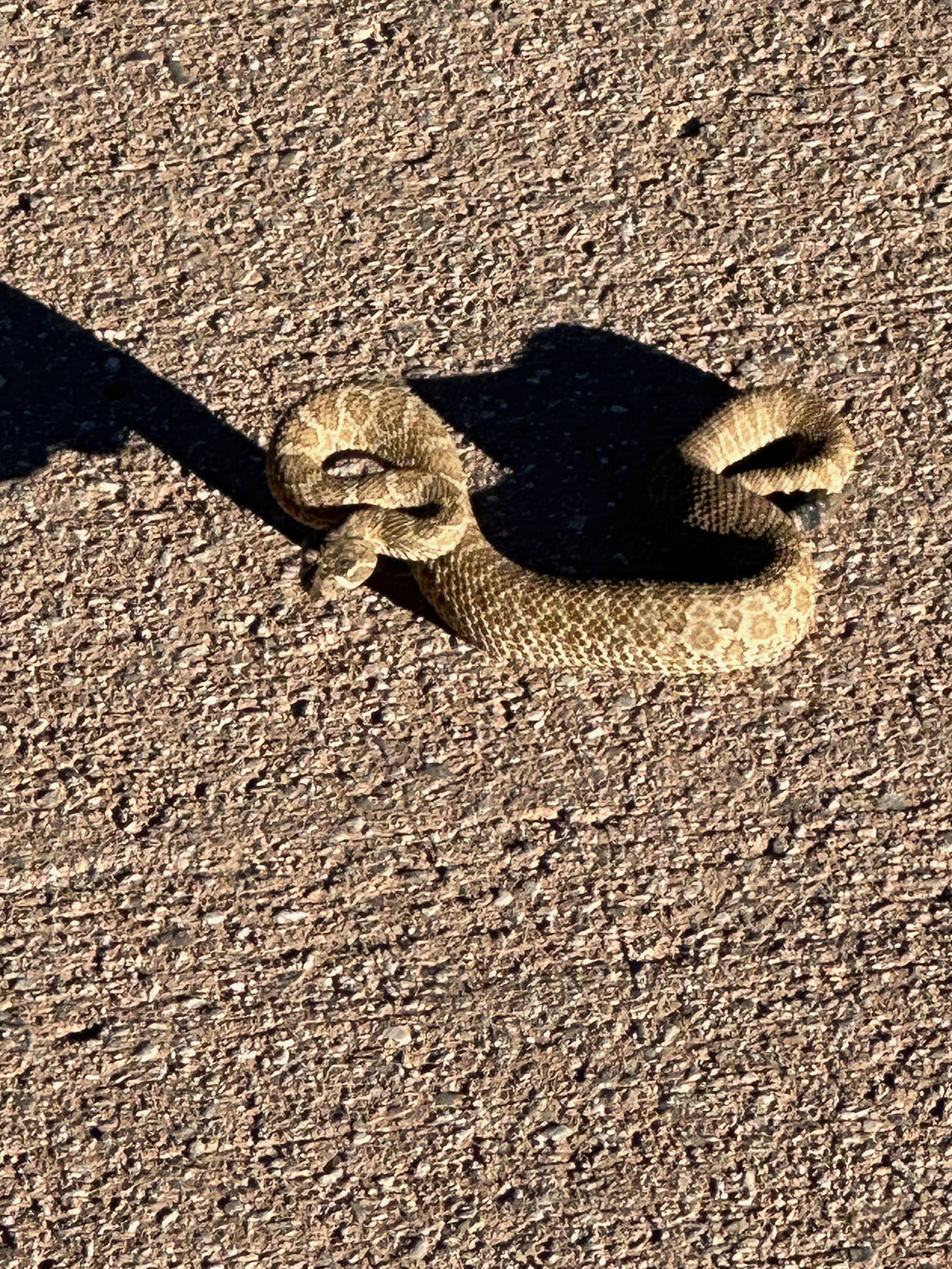Continuing from part 5
El Malpais National Monument
The next stop was El Malpais. Malpais means lava in Spanish. A direct translation would be bad(Mal) lands(Pais). In English, bad lands is completely different type of geological formation.
El Malpais is enormous. It contains, lava flows, cinder cones, sandstone bluffs and lava tube caves. I had an absolute bluff climbing around the sandstone bluffs that overlooked a gigantic lava field.
Unfortunately, I wasn’t prepared to go caving so I didn’t get to explore the lava tube caves. I definitely need to go back to do that. I have explored some of the lava tube caves on the Big Island.
El Morro National Monument
Not too far from El Malpais is the El Morro National Monument. This national monument has unique sandstone rock formations that were used as a navigation marker. It also contains a reliable watering hole so it was an essential stop for anyone traveling across arid New Mexico. The sandstone rock, Inscription Rock, contains over 2,000 signatures. El Morro was the second national monument to be created.
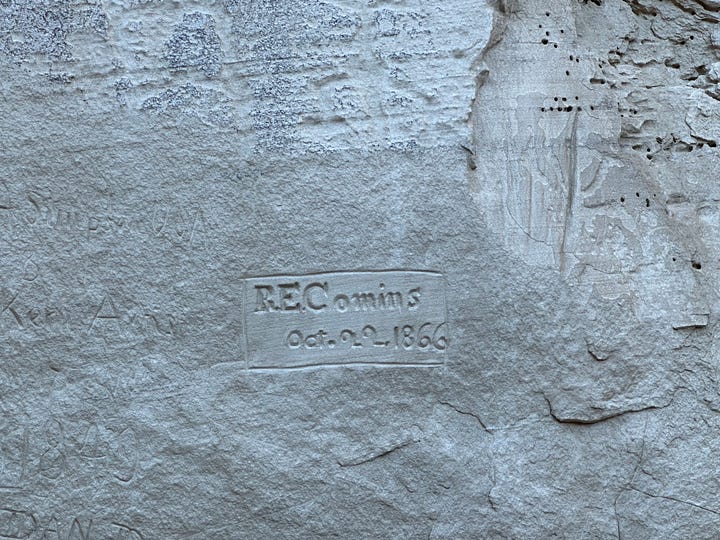

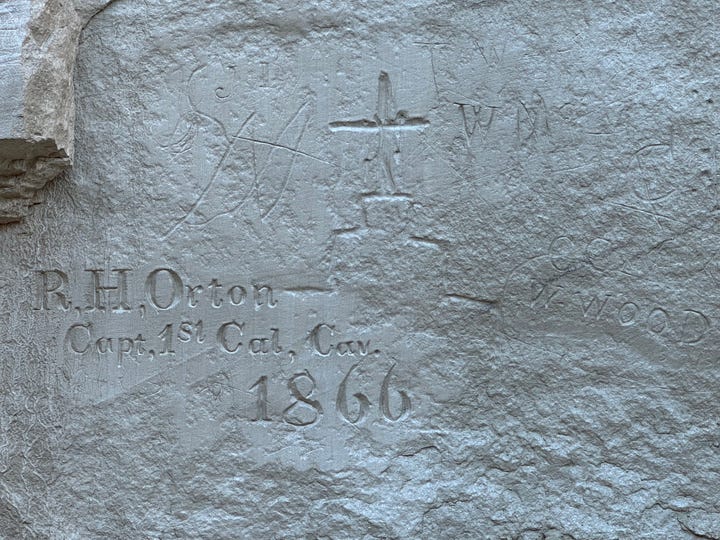
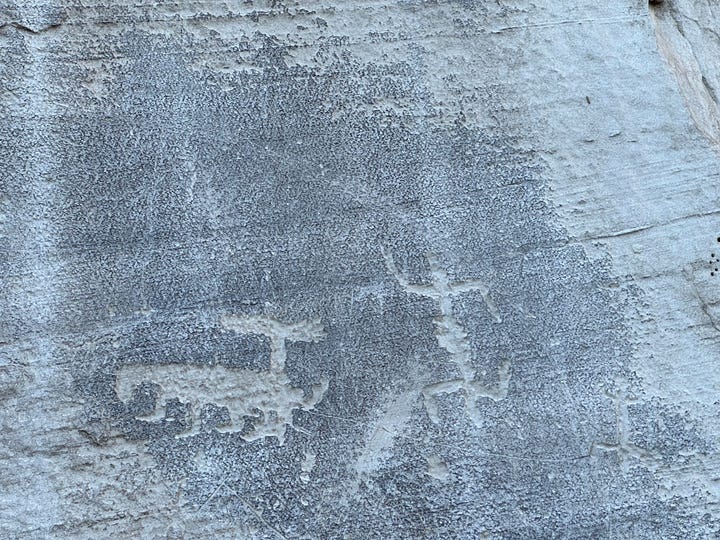
On the path just outside the visitor center was this juvenile rattlesnake. The cooler temperatures of fall seems to make the rattlesnakes to take more risks. I saw dozens of rattlesnakes on the road that were trying to soak up the heat. This is the first rattlesnake that I saw while hiking. They tend to go the other way when people are around. I believe because of the cooler temps this snake’s priority was getting as much sun as possible. A few people weren’t going to convince him to slither off from the warm pavement. He was standing his ground while rattling his tail. Fun fact: juveniles are more dangerous than adult since they haven’t learned how to control how much venom they inject.
Continued in part 7.




